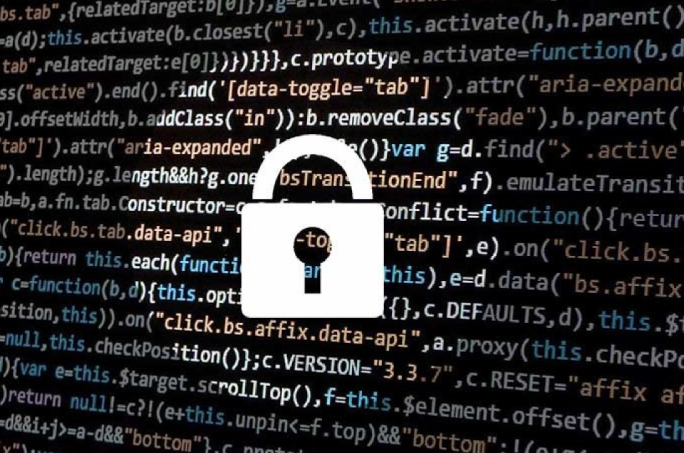In the modern digital era, where technology permeates every aspect of our lives, ensuring digital privacy has become paramount. With the growing dependence on the internet, social media and smart devices the line between personal and public information blurred. Digital privacy refers to an individual’s data protection and information from unauthorised access, misuse or exploitation. This article explores the significance of digital privacy, the challenges faced and some examples of best practices and privacy breaches.
The Significance of Digital Privacy
Digital privacy is essential for safeguarding individual autonomy, personal security and maintaining trust in the digital ecosystem. When people are confident that their data remains private, they are more likely to participate freely in online activities such as online shopping, social networking and communication platforms. In contrast, a lack of privacy can lead to data breaches, identity theft and cybercrime, eroding public trust in the digital landscape.
Challenges to Digital Privacy
1. Data Collection and Profiling:
Companies often collect vast amounts of user data, ranging from browsing history to location data, to build detailed profiles. This data gets often used for targeted advertising, but it also raises concerns about the extent of information gathered and the potential for misuse or unauthorised access.
In 2018, Cambridge Analytica, a political consulting firm, obtained the data of millions of Facebook users without their consent (CNBC, 2018). The firm used this data to create targeted political advertisements, raising questions about data privacy and ethical data practices.
2. Internet of Things (IoT) Vulnerabilities:
The proliferation of IoT devices, from smart home assistants to connected medical devices, poses unique privacy risks. These devices often collect sensitive information, and if not adequately secured, they can become entry points for hackers to access personal data.
In 2019, a security flaw in a popular smart doorbell allowed hackers to access users’ Wi-Fi credentials, potentially exposing personal data and compromising home security (Tech Crunch, 2019).
3. Lack of Transparency:
Many digital platforms and services have complex privacy policies and terms of service that users often overlook or struggle to understand fully. This lack of transparency can lead to unintentional data sharing and exploitation of personal information.
In 2019, a study revealed that numerous mobile apps were sharing user data with third-party companies without users’ knowledge or consent, raising concerns about data privacy practices and transparency in the app ecosystem.
4. Government Surveillance and Data Requests:
In some regions, government surveillance and data requests can infringe on individual privacy rights. While such measures may be justified for national security, striking the right balance between security and privacy remains a contentious issue.
In 2013, Edward Snowden’s revelations exposed widespread government surveillance programs (The Guardian, 2013), sparking a global debate about the trade-off between security measures and individual privacy rights.
Best Practices for Safeguarding Digital Privacy
1. Strong Passwords and Multi-Factor Authentication (MFA):
Using strong, unique passwords for each online account and enabling MFA adds an extra layer of security, reducing the risk of unauthorised access.
2. Privacy Settings and Permissions:
Review and adjust privacy settings on social media platforms, apps and devices to control what information gets shared and with whom.
3. Encryption and Secure Connections:
Utilise encryption tools and ensure you connect to websites and services over secure HTTPS connections to protect data during transmission.
4. Regular Software Updates:
Keep software, operating systems and apps updated to patch security vulnerabilities and protect against potential exploits.
5. Minimise Data Sharing:
Be cautious when sharing personal information online, especially on public forums or with unfamiliar websites.
Conclusion
Digital privacy is a fundamental right in the digital age, where the line between the physical and virtual worlds continues to blur. Protecting personal data and information is crucial for individual autonomy, data security and trust in the digital ecosystem. While challenges to digital privacy persist, adopting best practices and advocating for transparent data policies can help individuals and organisations strike a balance between convenience and security, ensuring a safer and more private digital landscape for all.
Bibliography
1. CNBC, 2018. Tech. [Online]
Available at: https://www.cnbc.com/2018/03/21/facebook-cambridge-analytica-scandal-everything-you-need-to-know.html
[Accessed 28 July 2023].
2. Tech Crunch, 2019. Privacy. [Online]
Available at: https://techcrunch.com/2019/11/07/amazon-ring-doorbells-wifi-hackers/
[Accessed 28 July 2023].
3. The Guardian, 2013. World- US. [Online]
Available at: https://www.theguardian.com/world/2013/jun/09/edward-snowden-nsa-whistleblower-surveillance
[Accessed 28 July 2023].
4. Image Source- United Nations, 2018. [Online]
Available at: https://www.ohchr.org/en/stories/2018/11/digital-age-our-privacy-under-threat
[Accessed 28 July 2023].

